Mastering the flavor of Brazilian coffee can feel like a delightful journey through a rich landscape of taste and aroma. Whether you’re a seasoned coffee enthusiast or just starting to explore the world of coffee, understanding the unique characteristics of Brazilian beans is essential. This guide will help you navigate the intricate flavors that make Brazilian coffee a favorite among many.
From its fascinating history to the secrets behind its diverse flavors, Brazilian coffee offers something for everyone. You’ll discover how regional differences influence the taste of each cup, making every sip a new experience. Plus, we’ll share tips on selecting the perfect beans and roasting techniques to enhance your brewing skills.
Ready to elevate your coffee game? Join me as we dive into the world of Brazilian coffee, uncovering how to select, roast, brew, and store these amazing beans. By the end of this article, you’ll be equipped to savor every moment of your coffee journey.
- Discover the rich history and unique flavors of Brazilian coffee.
- Learn how to select the best beans based on regional characteristics.
- Master roasting and brewing techniques to enhance your coffee experience.
What Makes Brazilian Coffee So Special?
History of Brazilian Coffee
Brazilian coffee has a fascinating history that dates back to the 18th century when it was introduced to the country. Originally brought in by a Frenchman, coffee quickly took root in Brazil’s fertile soil. Over the years, Brazil became one of the largest producers of coffee in the world, shaping not only its economy but also its culture. Coffee plantations spread across various regions, each contributing to the unique character of Brazilian coffee.
As the coffee industry grew, so did the diversity of flavors. Different regions in Brazil, from Minas Gerais to São Paulo, began cultivating their own varieties of coffee beans. The geographical features, such as altitude and climate, play a significant role in shaping the flavor profiles of beans from these areas. Understanding this history helps us appreciate the complexity and richness of Brazilian coffee today.
- Brazil’s coffee history began in the 18th century.
- The country became a major coffee producer, impacting its economy and culture.
- Regional differences contribute to the diverse flavor profiles of Brazilian coffee.
Secrets Behind Its Diverse Flavors
When it comes to the flavor of Brazilian coffee, several factors come into play. The country’s vast geography allows for various microclimates, which influence the taste of the beans. These microclimates create conditions that can produce beans with sweet, chocolatey notes or those with more fruity and acidic flavors. The choice of processing methods, such as natural or washed, also significantly impacts the final taste in your cup.
Additionally, the careful cultivation practices employed by Brazilian farmers help enhance the flavor profiles of their beans. By paying attention to factors like ripeness and harvesting techniques, farmers ensure that only the best beans make it to the roasters. This dedication to quality is what makes Brazilian coffee so special and beloved by coffee lovers around the world.
- Various microclimates in Brazil create diverse flavor profiles.
- Processing methods greatly influence the taste of coffee.
- Careful cultivation practices ensure high-quality beans.
Tips for Selecting Beans
Characteristics by Region
When choosing Brazilian coffee beans, it’s essential to understand how the region influences their flavor. Different areas produce beans with distinct characteristics, thanks to variations in climate, altitude, and soil composition. For instance, beans from Minas Gerais often exhibit a smooth, chocolatey flavor profile, while those from São Paulo might lean towards fruity and vibrant notes.
Considering these regional characteristics can guide your selection process and help you find the perfect beans that suit your taste preferences. Don’t be afraid to experiment with different regions to discover the unique flavors that Brazilian coffee has to offer.
- Minas Gerais beans are known for their smooth, chocolatey taste.
- São Paulo beans often provide fruity and vibrant flavor notes.
- Exploring various regions can enhance your coffee experience.
Choosing the Right Roast Level
Selecting the ideal roast level for your Brazilian coffee can make a significant difference in flavor. The roast can range from light to dark, each offering a unique tasting experience. Light roasts tend to highlight the natural acidity and fruity notes of the coffee, making it a great choice if you want to savor bright flavors. On the other hand, medium and dark roasts will bring out the rich, chocolatey undertones and create a fuller-bodied cup.
It’s important to consider your personal preferences when choosing a roast level. If you’re unsure, start with a medium roast as it usually strikes a balance between brightness and richness. As you become more familiar with different flavors, you can experiment with lighter or darker roasts to find what resonates best with your palate.
The roast level can also affect how you brew your coffee. Lighter roasts may require a slightly different brewing time or method compared to darker roasts. Paying attention to these details can elevate your coffee experience even further.
So, take your time to explore various roast levels and enjoy the journey of finding your favorite Brazilian coffee flavor.

If you’re intrigued by the nuances of Brazilian coffee and want to expand your knowledge further, you might find great value in the article titled What’s the Perfect Coffee Bean for You? A Complete Guide to Choosing and Storing!. This piece delves into various coffee bean types and their characteristics, providing essential information that can enhance your coffee selection journey.
- Light roasts emphasize natural acidity and fruity notes.
- Medium and dark roasts reveal rich, chocolatey flavors.
- Experimenting with roast levels enhances your coffee journey.
Techniques for Roasting and Brewing
Home Roasting Tips
Roasting your own Brazilian coffee beans at home can be an exciting way to enhance your coffee experience. By roasting, you have complete control over the flavor profile, allowing you to tailor it to your personal taste. Start by investing in a good quality home coffee roaster or using a stovetop method if you’re looking for a more hands-on approach. The key is to keep an eye on the beans as they roast, noting the color changes and aromas that develop.
When roasting, remember that the process can take anywhere from 10 to 20 minutes, depending on your desired roast level. Aim for a light to medium roast to preserve the unique flavors of Brazilian beans. Pay attention to the first crack, a sound that indicates the beans are reaching a light roast. If you prefer a darker roast, continue until you hear the second crack, but be cautious not to let them burn. Experimenting with different roast levels will help you discover what best brings out the delightful flavors of Brazilian coffee.
- Invest in a quality home coffee roaster or use a stovetop method.
- Monitor the beans closely as they roast for optimal flavor.
- Aim for a light to medium roast to preserve unique Brazilian flavors.
Best Brewing Methods
Once you’ve roasted your beans, the next step is perfecting your brewing method. Brazilian coffee shines when brewed using techniques that highlight its rich flavors. One popular method is the pour-over, which allows for precise control over water temperature and flow rate. This technique can help accentuate the coffee’s sweetness and complexity, making each cup a delightful experience.
Another great option is the French press, which offers a full-bodied brew that complements the chocolatey notes often found in Brazilian coffee. By steeping the grounds in hot water, you can extract the oils and flavors that make Brazilian beans so special. Whichever method you choose, remember to experiment with variables like grind size and water temperature to find the perfect combination that suits your taste preferences.
- The pour-over method highlights sweetness and complexity.
- French press offers a full-bodied brew, enhancing chocolatey notes.
- Experiment with grind size and water temperature to perfect your brew.
Storage Methods and Enjoyment
How to Store for Longevity
Once you’ve selected and roasted your Brazilian coffee beans, the next step is storing them properly to preserve their delightful flavors. Coffee beans are sensitive to light, heat, and moisture, so keeping them in an appropriate environment is essential. Ideally, you want to store your beans in an airtight container made of opaque material. This will help shield them from harmful light and air exposure, which can lead to flavor degradation over time.
Additionally, it’s best to keep your coffee in a cool, dark place rather than in the fridge or freezer. While it might seem like a good idea to store beans in the fridge, the fluctuating temperatures can cause moisture to build up, negatively impacting the coffee’s taste. Instead, aim for a consistent temperature that helps maintain the beans’ freshness until you’re ready to brew.
Lastly, try to buy your coffee in smaller quantities that you can consume within a few weeks. This way, you’ll always enjoy the freshest flavors that Brazilian coffee has to offer. By paying attention to storage methods, you’ll ensure a delightful coffee experience every time you brew.
- Store beans in an airtight, opaque container.
- Keep coffee in a cool, dark place away from moisture.
- Purchase smaller quantities to maintain freshness.
Recommended Ways to Enjoy
Now that you know how to store your Brazilian coffee beans properly, let’s talk about the best ways to enjoy them. One of the joys of coffee is experimenting with different brewing techniques and flavor pairings. For example, pairing your Brazilian coffee with a sweet pastry can enhance the chocolatey notes often found in these beans. Consider enjoying a slice of banana bread or a chocolate croissant as a delightful accompaniment to your morning brew.
Another fantastic way to experience Brazilian coffee is by incorporating it into various recipes. Think about making a coffee-infused dessert like tiramisu or a rich coffee-flavored ice cream. These treats can elevate your coffee experience to new heights, allowing you to savor the unique flavors in exciting ways.
Don’t hesitate to explore various serving styles, too. Whether you enjoy your coffee hot, iced, or even blended into a refreshing coffee smoothie, the versatility of Brazilian coffee allows for endless possibilities. By experimenting with different enjoyment methods, you’ll discover new ways to appreciate the rich flavors of Brazilian coffee.
- Pair with sweet pastries like banana bread or croissants.
- Try coffee-infused recipes like tiramisu or ice cream.
- Explore serving styles: hot, iced, or blended.
Summary
Brazilian coffee is not just a beverage; it’s a rich tapestry of flavors and traditions waiting to be explored. From its historical roots to the diverse regional characteristics that influence taste, understanding the nuances of Brazilian coffee can enrich your coffee experience. As you select, roast, and brew these beans, you’ll discover the delightful flavors that make Brazilian coffee so special and beloved by many.
When choosing Brazilian coffee, remember to consider the region of origin. Each area, from Minas Gerais to São Paulo, offers unique flavor profiles ranging from smooth and chocolatey to vibrant and fruity. This diversity allows coffee lovers to experiment and find their perfect match. Don’t hesitate to try different roast levels and brewing methods to elevate your enjoyment further.
Proper storage is key to maintaining the freshness and flavor of your Brazilian coffee beans. Using an airtight container and keeping them in a cool, dark place can help preserve those delightful notes. Additionally, exploring various enjoyment methods, such as pairing with pastries or incorporating them into recipes, can enhance your overall experience.
In summary, Brazilian coffee presents a world of flavors and experiences that cater to both casual drinkers and coffee aficionados alike. So grab your favorite beans and start your journey through the captivating world of Brazilian coffee.
- Brazilian coffee offers a rich variety of flavors influenced by its diverse regions.
- Understanding the history and characteristics of Brazilian beans enhances your brewing experience.
- Proper storage and creative enjoyment methods can elevate your coffee journey.
We’d love to hear your thoughts! What’s your favorite way to enjoy Brazilian coffee? Share your experiences in the comments below!








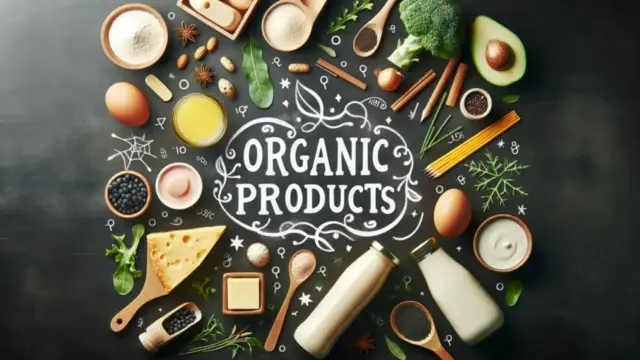




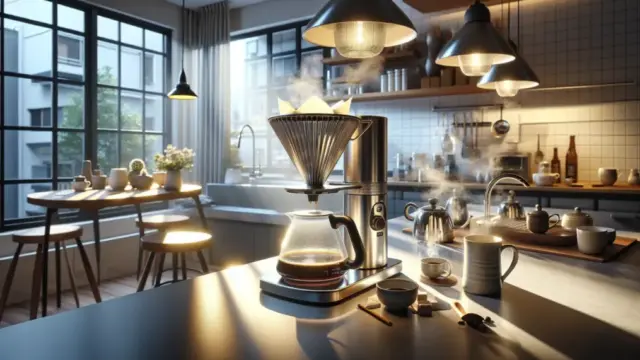
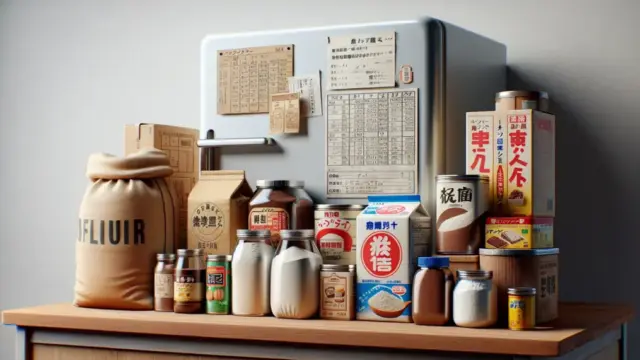



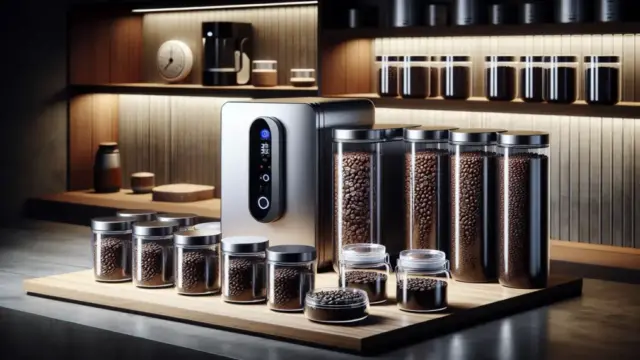




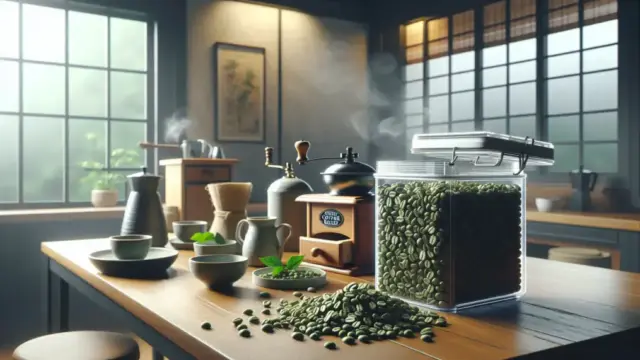










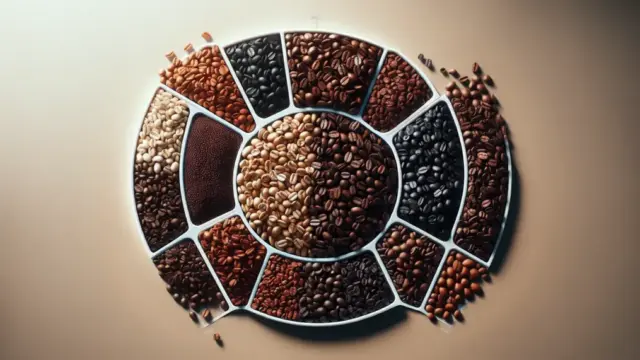

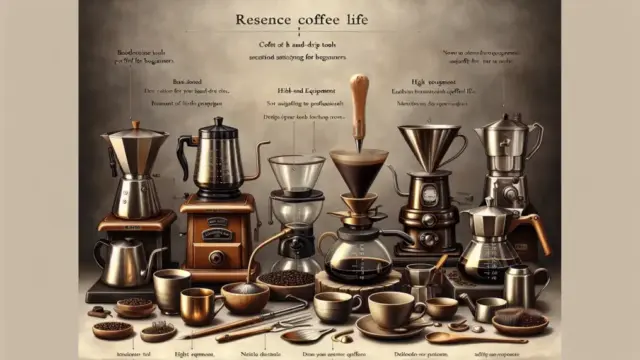
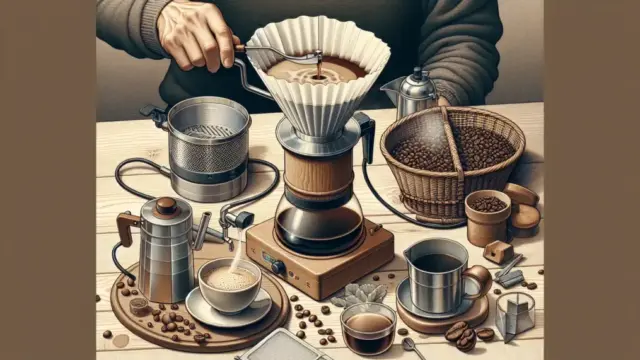







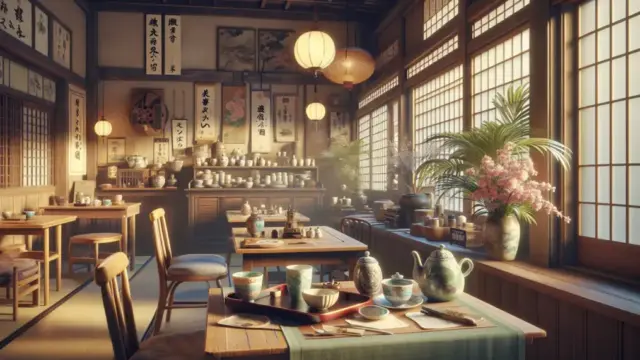








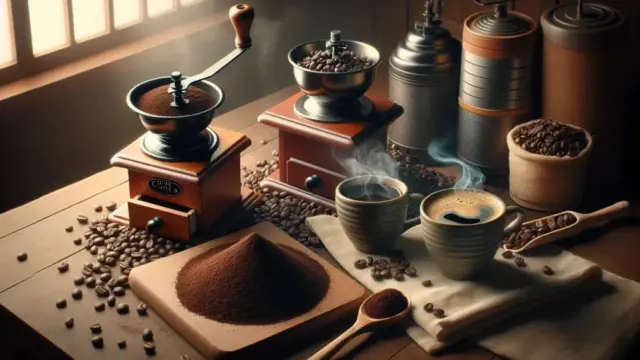



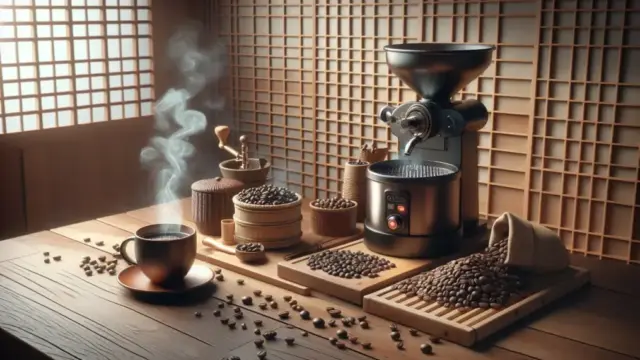


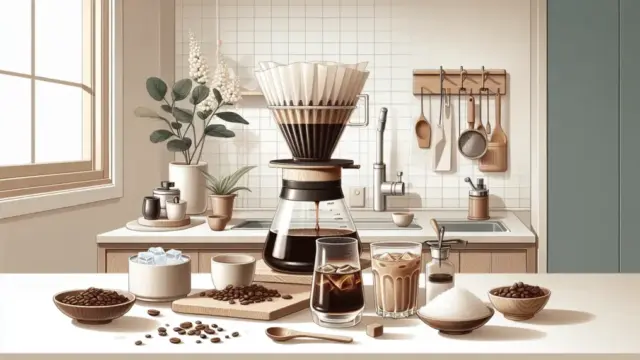
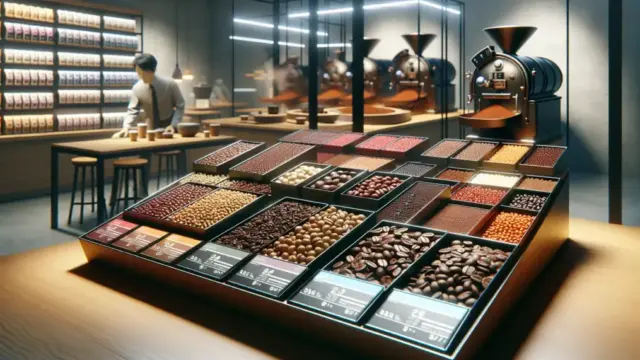




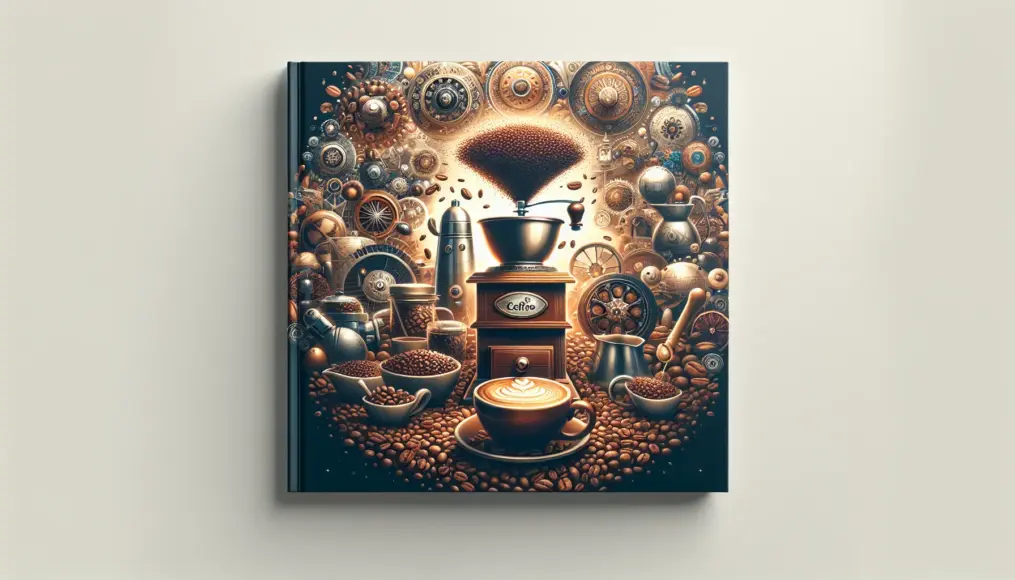

Comment